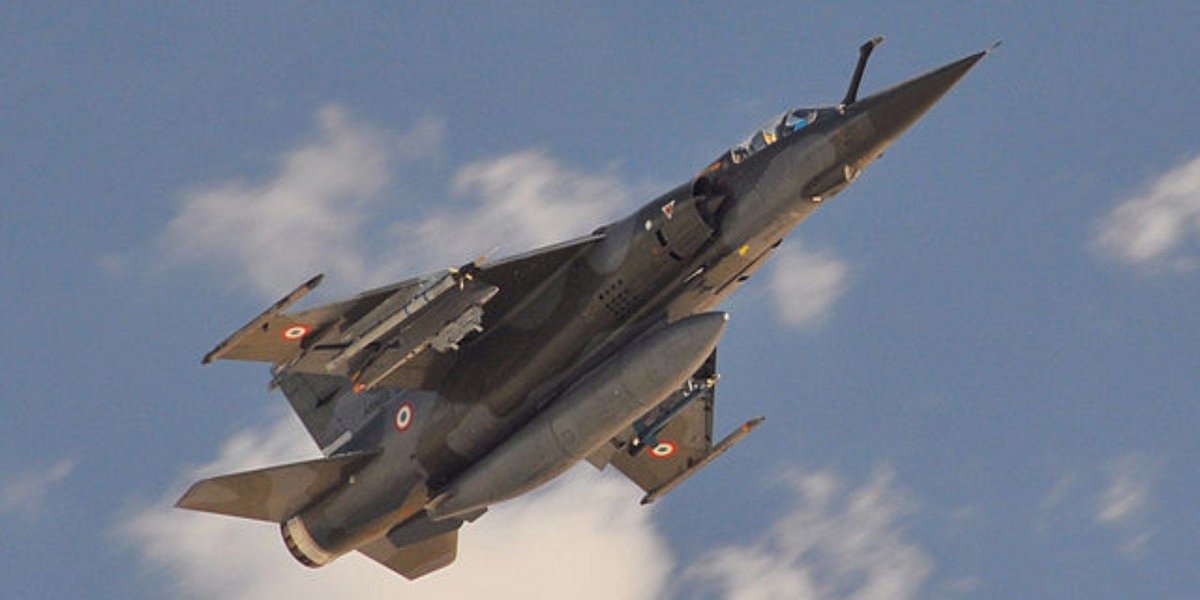MIRAGE F1 CRASH WAS THE LATEST IN STRING OF INCIDENTS AT LUKE AFB
By Buddy Blouin

Advertisement
For many, 2022 has been anything but kind, and the same goes for the folks serving at Luke AFB, the military installation located just west of Glendale, Arizona. The good news is that the pilot operating the recently-crashed Mirage F1 aircraft was able to eject, but the bad news is that he had to. The latest Luke AFB crash is just one of several that have occurred over the years, causing many residents and officials to beg the same question: Why?
Suggested read: Luke Air Force Base: In-Depth Welcome Center
F1 Mirage Crash the Fourth Luke AFB Plane Crash Since 1999
A fighter jet from Luke Air Force Base crashed on February 10, 2022. During a training exercise, the pilot would eject, ending up around 2,000 yards from the wreck, and the aircraft would crash near a retirement community about 15 miles away from the base. But it was far from the first Air Force plane crash in Arizona, specifically, for Luke AFB:- An F-16 from Luke Air Force Base was also destroyed during a crash in 1999 in Glendale, Arizona. Both crew members ejected before impact.
- Two pilots in an F-16D crashed in a field three miles from the base in 2013. Each pilot ejected safely.
- The pilot of an F-16C from Luke Air Force Base ejected from the aircraft, which subsequently crashed as the plane tried to make an emergency landing after experiencing engine trouble.
So, What’s the Problem?
Although some of the focus has been surrounding the base, the F1 crash at Luke AFB was not the only recent incident for the Dassault Mirage F1. Nicholas Hunter Hamilton, a 43-year-old pilot operating an F1 Mirage fighter jet, passed away after crashing in Las Vegas, Nevada, while trying to land at Nellis Air Force Base. Pilot error was, unfortunately, the culprit in Nevada, and so far, it appears that engine failure may be to blame in Arizona. The Luke AFB plane crash may share the same manufacturer, but the circumstances surrounding each crash may also be unrelated. Furthermore, Luke AFB crashes have occurred over many different incidents using various different aircraft. At the end of the day, more research is needed to help understand if there are errors or patterns being missed while providing a safer program for future pilots.Advertisement
The Mirage F1 Crash Is a Reminder of Service and Sacrifice
Sir Isaac Newton’s infamous discovery and quote, “What goes up, must come down,” can be cruel because there are no parameters as to the consequences that might follow this hard truth. With flying comes the inherent dangers of crashing and risks of engine failure, bad weather, pilot error, and so on. The people who risk their lives by piloting aircraft to serve America are heroes, and while the Luke AFB crash is yet another wake-up call and reminder, thankfully, no one got hurt. "We were worried about the pilot. The plane wasn't making any noise before it crashed, and then I saw the parachute. I'm just relieved he was OK," said Andy Timmerman, a local land surveyor who arrived on the scene shortly after the wreck. The Mirage F1 is an impressive aircraft, and the risks of training are necessary, but hopefully, through research and development, military installations across the globe can create safer practices to protect our troops. Read next: 20 of the Best Things To Do Near Luke AFBWritten by
Buddy Blouin
Buddy Blouin is a Contributing Writer at VeteranLife.com
Buddy Blouin is a Contributing Writer at VeteranLife.com
Advertisement
SHARE:



